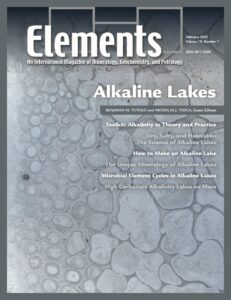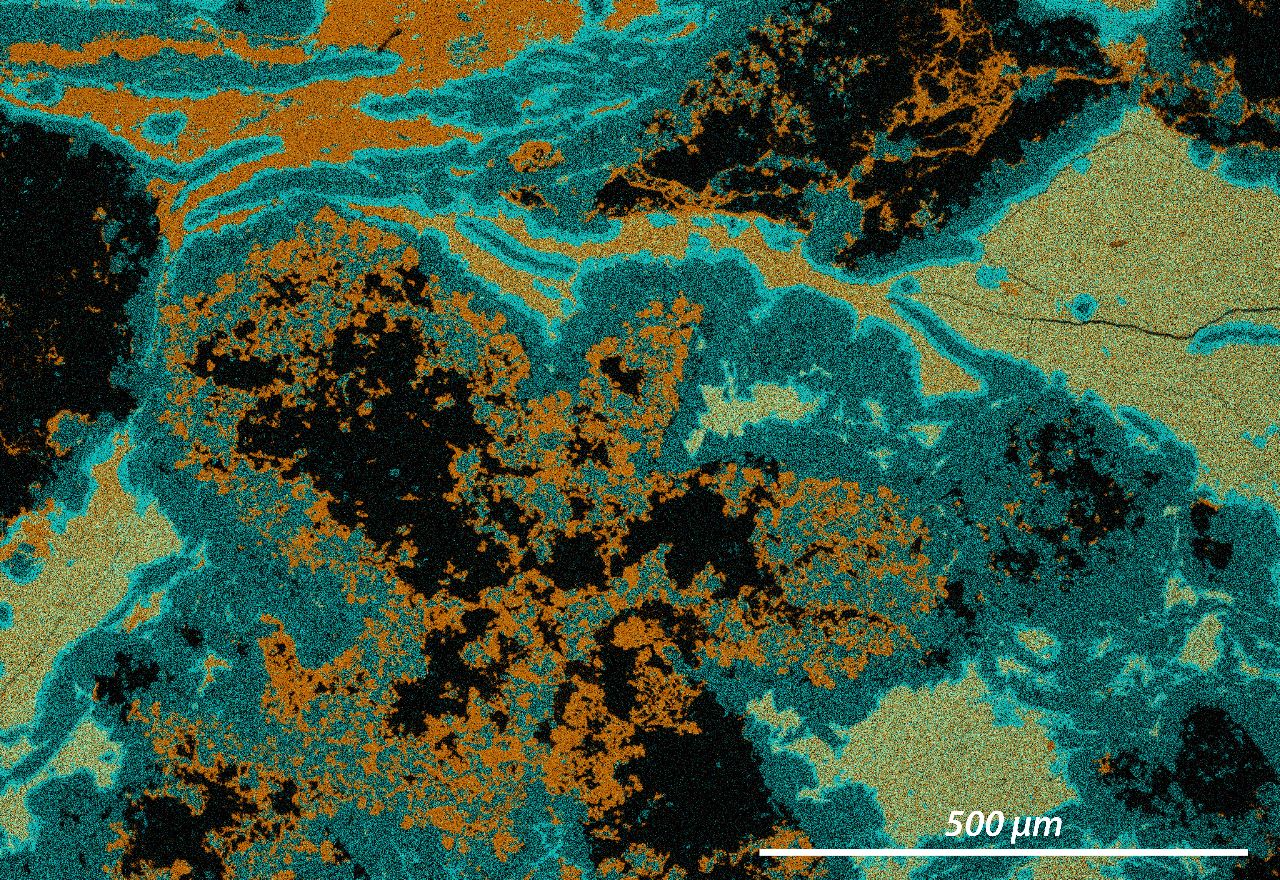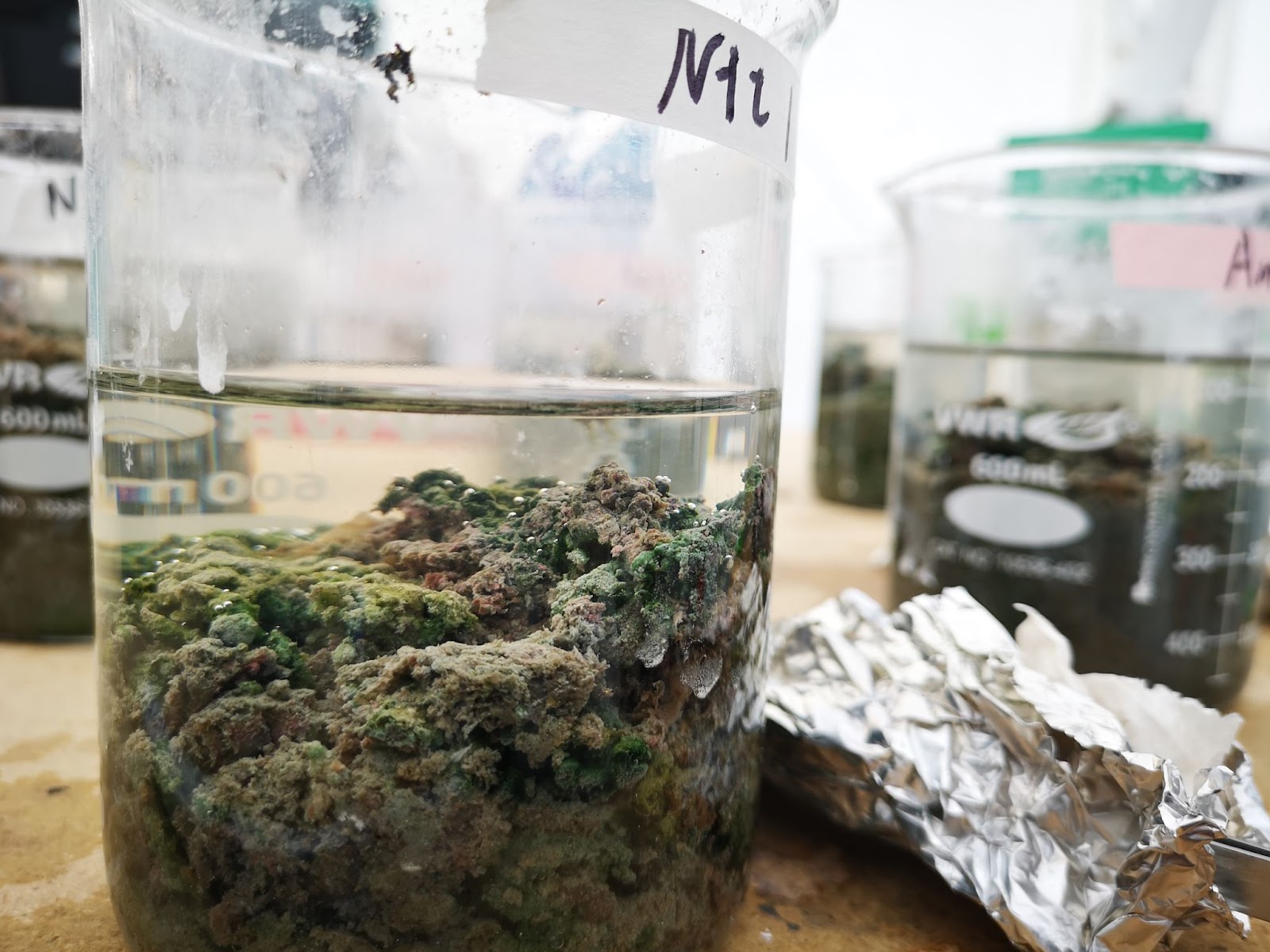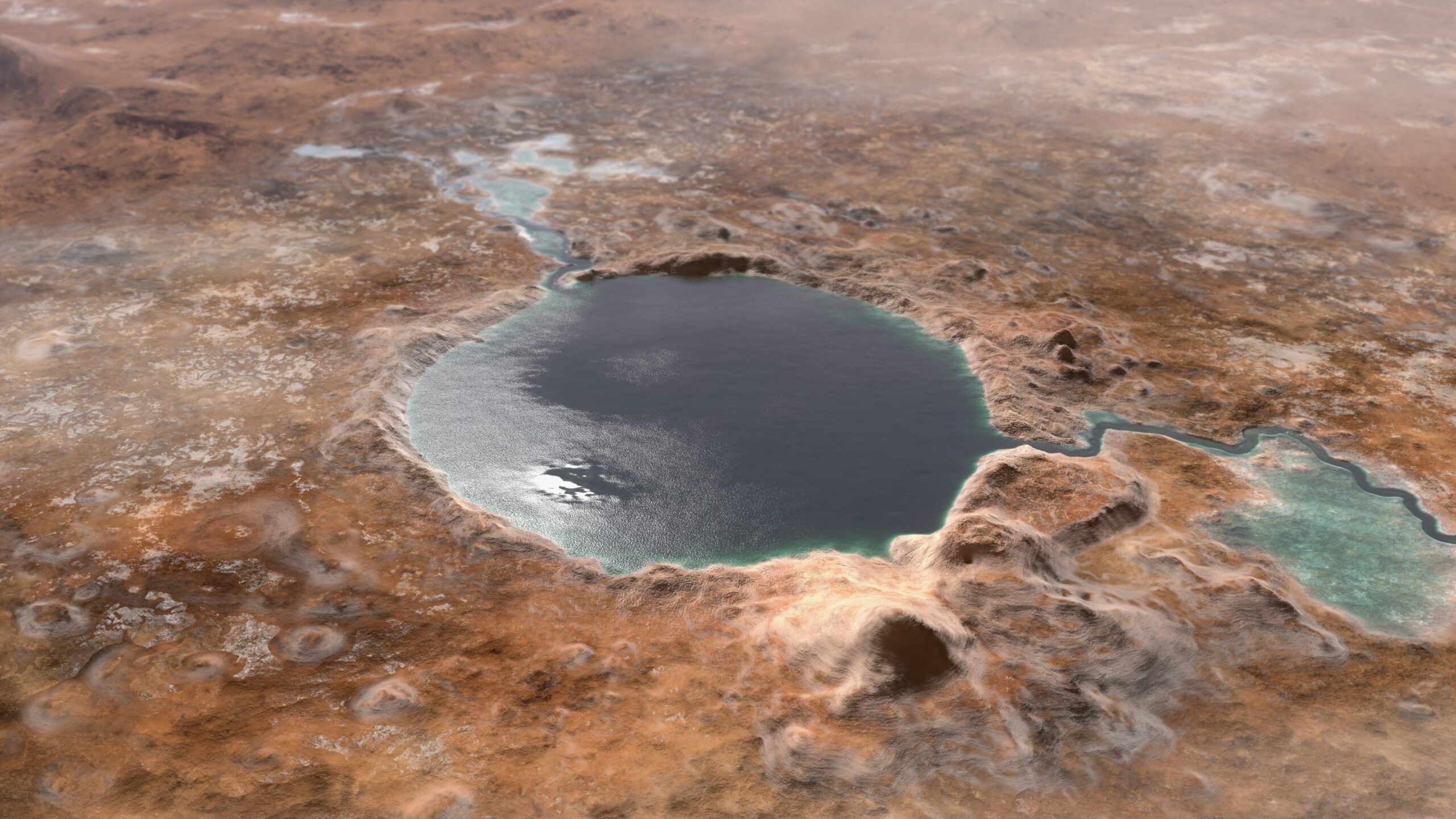Alkaline Lakes
Benjamin M. Tutolo and Nicholas J. Tosca, Guest Editors
Table of Contents
Alkaline lakes are incredibly dynamic, unique, and fascinating biogeochemical environments. This thematic issue will leverage the authors’ multidisciplinary insights to portray alkaline lakes’ biogeochemical, mineralogical, and geological importance for both science and society. The articles will individually explore the unique conditions leading to the formation of alkaline lakes, the distinctively productive microbial ecosystems that inhabit them, their distinguishing chemistry and mineralogy, their role as societally important economic resources, and their potential to have originated life on Earth as well as Mars. This approachable overview of the geochemical, biological, and societal aspects of alkaline lakes will establish their vital importance to the broad readership of Elements and stimulate continued explorations of these mesmerizing geological systems.
- Dry, Salty, and Habitable: The Science of Alkaline Lakes
- How to Make an Alkaline Lake: Fifty Years of Chemical Divides
- Making Salt from Water: The Unique Mineralogy of Alkaline Lakes
- The Vigor, Futility, and Application of Microbial Element Cycles in Alkaline Soda Lakes
- High Carbonate Alkalinity Lakes on Mars and their Potential Role in an Origin of Life Beyond Earth
v19n2 Into the Rift: The Geology of Human Origins in Eastern Africa
Guest Editors: Anatoly N. Zaitsev (St. Petersburg State University, Russia), Charles Musiba (University of Colorado, USA), and Lindsay McHenry (University of WisconsinMilwaukee, USA)
Spanning from the horn of Africa down to Lake Malawi, the East Africa Rift preserves a plethora of paleoanthropological sites (e.g., Olduvai Gorge, Turkana, Awash) that document our evolutionary journey spanning the last seven million years of Earth’s history. A common feature of these sites is that they are associated with volcanicsedimentary basins intimately related to the development of the rift. Radiometric and paleomagnetic geochronology helps establish age relations between different hominin species. Geochemical studies of primary tuffs help correlate between sites and identify specific volcanic sources. Authigenic minerals formed in rift lakes can help reconstruct past climates and environments. Recent excavations at Laetoli show that this valuable site is slowly disappearing owing to diagenetic processes, and preservation of the footprints is essential and urgently needed.
- The Dawn of Humanity: What Can Paleoanthropologists and Geoscientists Learn from One Another? Charles Musiba (University of Colorado, USA), Agness Gidna (Ngorongoro Conservation Area Authority, Tanzania), and Mulugeta Alene (Addis Ababa University, Ethiopia)
- Tectonic and Paleoclimatic Setting for Hominin Evolution in Eastern Africa Lydia Olaka (Technical University of Kenya, Kenya) and Cynthia J. Ebinger (Tulane University, USA)
- Using Radiometric Dating, Magnetostratigraphy, and Tephrostratigraphy to Calibrate Rates of Hominin Evolution in the East African Rift Alan L. Deino (Berkeley Geochronology Center, USA), Luis Gibert (University of Barcelona, Spain), and Céline M. Vidal (University of Cambridge, UK)
- Laetoli: The Oldest Known Hominin Footprints in Volcanic Ash Anatoly N. Zaitsev (St. Petersburg State University, Russia), Anton R. Chakhmouradian (University of Manitoba, Canada), and Charles Musiba (University of Colorado, USA)
- Paleolakes of Eastern Africa: Zeolites, Clay Minerals, and Climate Lindsay J. McHenry (University of WisconsinMilwaukee, USA), Verena Foerster (University of Cologne, Germany), and Daniel Gebregiorgis (Georgia State University, USA)
- Alkaline Lakes (February 2023)
- Into the Rift: The Geology of Human Origins in Eastern Africa (April 2023)
- Olivine (June 2023)
- Biomagnetism (August 2023)
- Large Igneous Provinces: Versatile Drivers of Global Change (October 2023)
- Geometallurgy: Resource Optimization for a Sustainable Future (December 2023)











